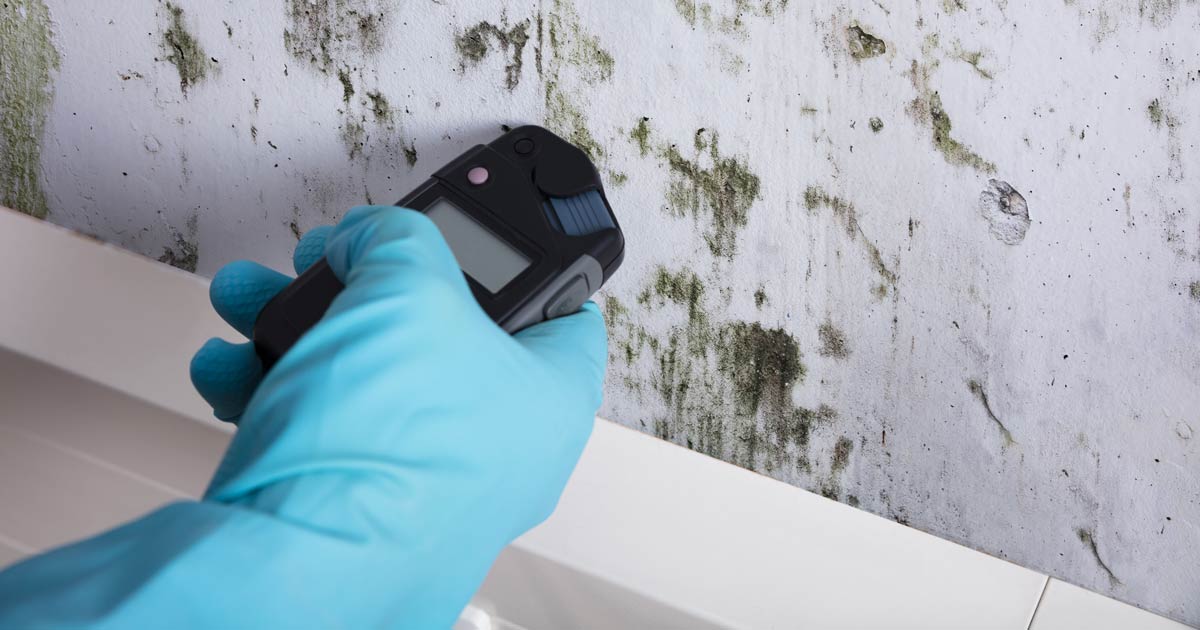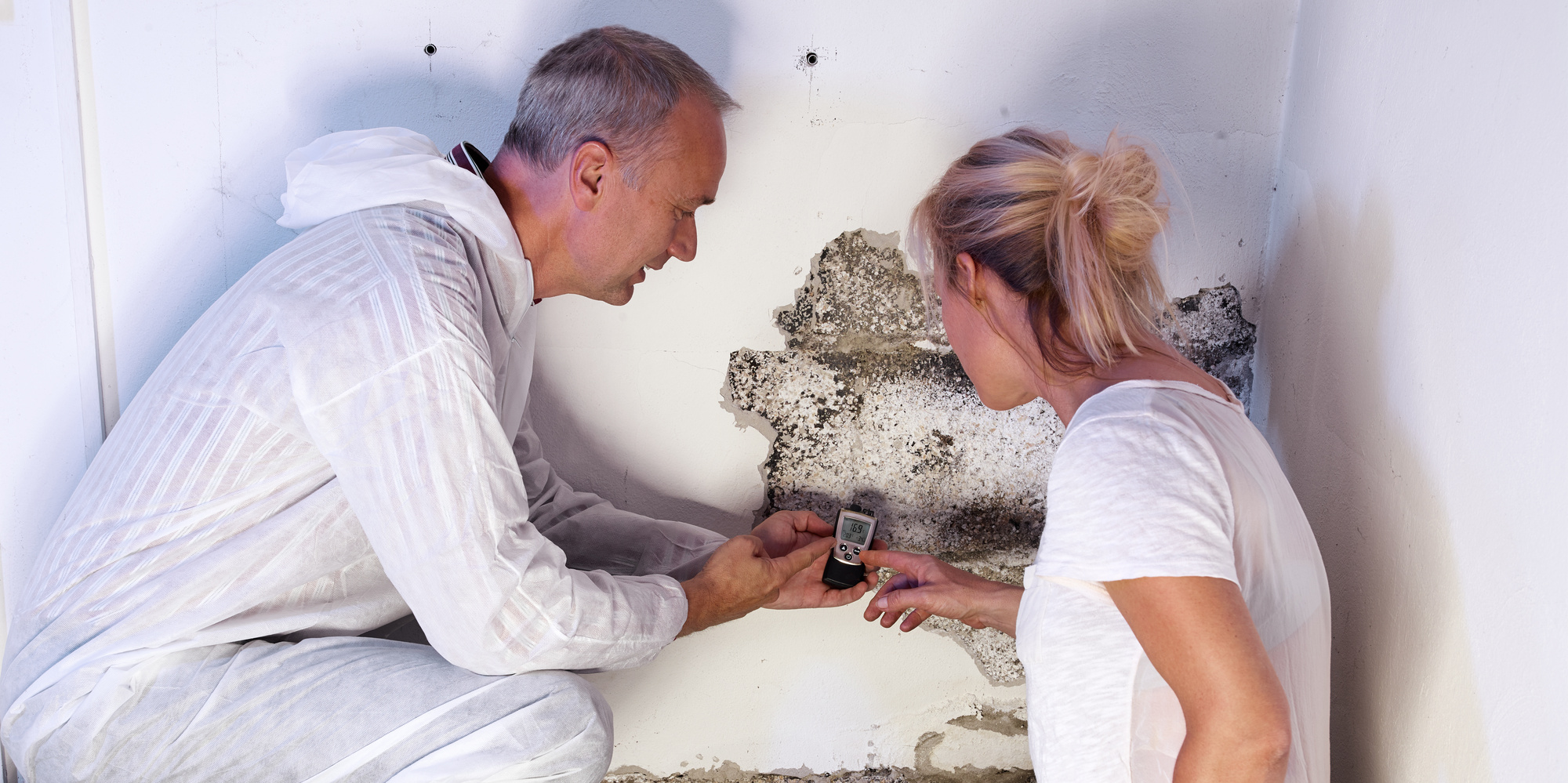Assistance on What to Do After Mold Remediation
Wiki Article
Professional Tips for Article Mold And Mildew Remediation Success
In the world of mold remediation, effectively getting rid of mold is just half the fight; the true challenge hinges on preventing its reappearance. Post-remediation initiatives play an essential duty in making certain a mold-free setting in the lengthy term. By adhering to professional suggestions and best methods, individuals can protect their spaces against mold renewal and preserve a healthy interior environment. It is in this phase of the removal process that interest to information and proactive procedures truly make a difference.
Display Moisture Degrees On A Regular Basis
Regular surveillance of humidity levels is necessary in making sure the efficiency of article mold removal initiatives. After completing mold and mildew remediation treatments, preserving ideal moisture levels is essential to protect against mold and mildew re-growth and make certain a healthy and balanced indoor atmosphere. Surveillance moisture levels permits very early discovery of any type of spikes or fluctuations that can possibly bring about mold renewal. High moisture levels above 60% develop a helpful atmosphere for mold and mildew to prosper, making normal monitoring a proactive step to protect against any future mold and mildew problems - what to do after mold remediation.Making use of hygrometers or wetness meters can aid in precisely determining humidity levels in different areas of the residential property. These devices give real-time data that enables remediation experts to make educated choices pertaining to air flow, dehumidification, and other required activities to preserve suitable humidity levels post-remediation. Furthermore, establishing a regular schedule for moisture checks, particularly in risky locations such as cellars, washrooms, and cooking areas, is an aggressive technique to mold prevention. By continually monitoring humidity degrees, residential or commercial property proprietors can properly mitigate the danger of mold reoccurrence and preserve a healthy and balanced indoor atmosphere post-remediation.
Conduct Thorough Inspections Post-Remediation
Complying with the conclusion of mold remediation procedures, it is critical to perform detailed assessments to verify the performance of the remediation process. These post-remediation inspections are crucial in making sure that the mold and mildew problem has actually been effectively attended to which there is no reappearance or staying mold and mildew development. Evaluations must be accomplished by certified specialists that have know-how in identifying mold and examining interior air quality.Throughout these evaluations, numerous methods such as visual analyses, air tasting, and surface area sampling may be employed to thoroughly review the remediated locations. Aesthetic evaluations involve an in-depth examination of the properties to look for any type of noticeable indications of mold and mildew development or water damage. Air tasting assists in establishing the airborne mold spore degrees, while surface sampling can identify mold particles on surfaces.
Implement Proper Ventilation Techniques
After making certain the efficiency of the mold and mildew remediation process via detailed evaluations, the next crucial action is to concentrate on applying correct ventilation methods. Appropriate ventilation is necessary in preventing mold and mildew reoccurrence by regulating dampness levels and advertising air circulation. To attain this, it is advised to utilize exhaust fans in areas vulnerable to high moisture, such as cooking areas and washrooms. Furthermore, opening doors and windows when climate allows can assist enhance air movement and reduce dampness buildup. Air dehumidifiers and cleansers are additionally important devices in keeping optimum interior air quality.
Proper air flow not only help in preventing mold and mildew growth but additionally contributes to the general health and wellness and comfort of owners. By making certain adequate air flow throughout the property, you can reduce the risk of mold and mildew regrowth and produce a much healthier living environment.

Usage Mold-Resistant Materials for Services
To enhance the long-lasting effectiveness of mold remediation initiatives, incorporating mold-resistant materials for fixings is crucial in mold removal garage mitigating the threat of future mold growth. Mold-resistant products are created to stand up to wetness and prevent mold and mildew development, making them an important selection for areas susceptible to wetness and humidity. When fixing locations influenced by mold and mildew, utilizing products such as mold-resistant drywall, mold-resistant paints, and mold-resistant caulking can assist protect against mold and mildew recurrence.Mold-resistant drywall is an exceptional choice to traditional drywall in areas like cellars and restrooms where moisture degrees are higher. This sort of drywall has an unique finish that stands up to mold and mildew growth even when subjected to damp conditions. Furthermore, making use of mold-resistant paints containing antimicrobial agents can even more inhibit mold advancement on walls and ceilings.
In areas where wetness prevails, such as bathroom and kitchens, making use of mold-resistant caulking around tubs, sinks, and home windows can help secure out water and protect against mold and mildew from holding in cracks and crevices. By buying these mold-resistant products throughout fixings post-remediation, you can significantly reduce the possibility of future mold and mildew concerns and preserve a healthier interior visit homepage atmosphere.
Maintain Cleanliness and Address Water Issues
After mold and mildew remediation, it is critical to preserve a tidy setting to stop the regrowth of mold. Leaks, water invasion, or high moisture degrees can create the ideal reproduction ground for mold and mildew, so it is essential to deal with any water-related issues quickly.To keep cleanliness, think about making use of HEPA filters in vacuum cleaners and air purifiers to catch mold and mildew spores and prevent their circulation in the air. In addition, guaranteeing appropriate ventilation in areas susceptible to moisture build-up, such as washrooms and kitchens, can aid maintain moisture levels in check. By staying watchful concerning tidiness and addressing water issues immediately, you can successfully protect against mold reinfestation and preserve a healthy and balanced indoor atmosphere.
Final Thought

In the realm of mold removal, efficiently getting rid of mold is only half the battle; the real challenge exists in preventing its reappearance. After completing mold remediation treatments, keeping ideal moisture levels is vital to avoid mold and mildew re-growth and guarantee a healthy indoor setting. High moisture levels over 60% develop a helpful setting for mold to thrive, making routine keeping an eye on a proactive step to prevent any future mold and mildew concerns.
To improve the long-term performance helpful site of mold and mildew removal efforts, integrating mold-resistant materials for repairs is crucial in alleviating the danger of future mold growth. After mold removal, it is essential to maintain a clean setting to prevent the regrowth of mold and mildew.
Report this wiki page